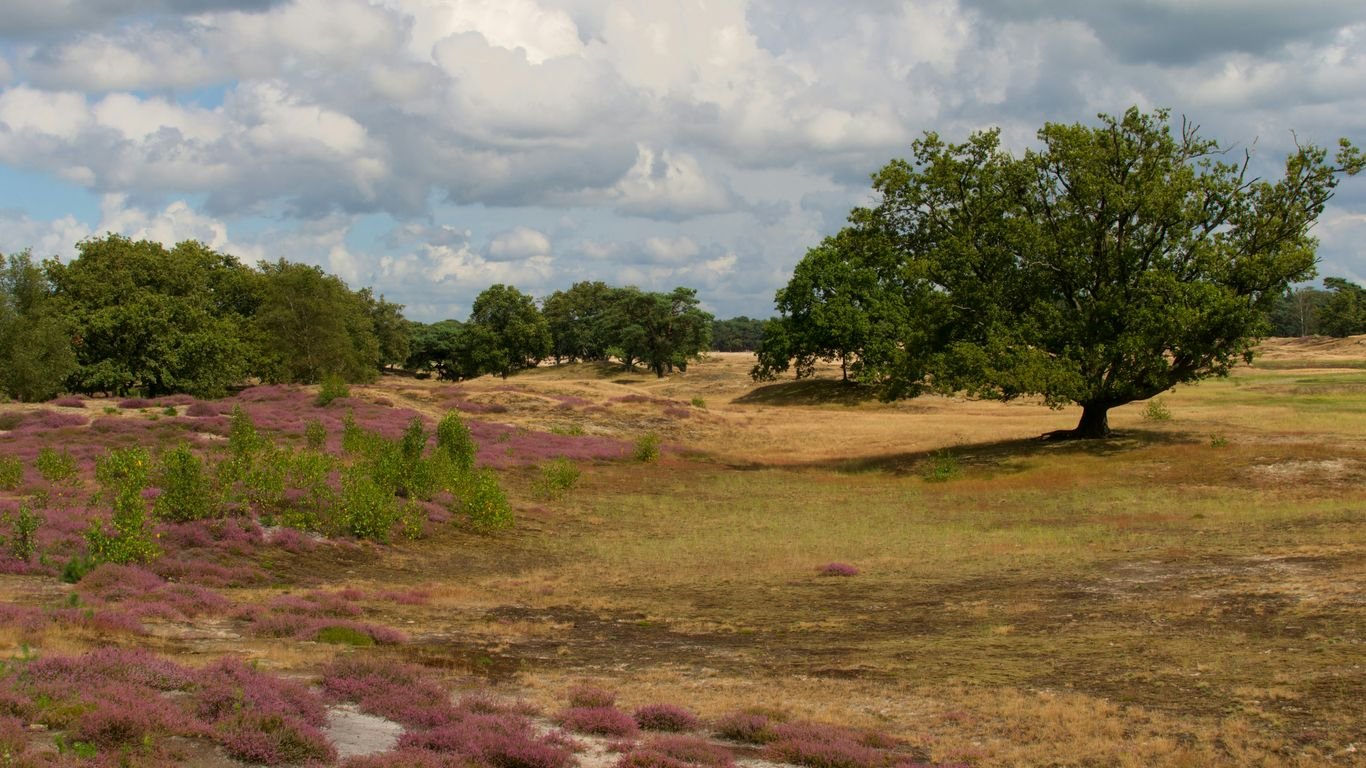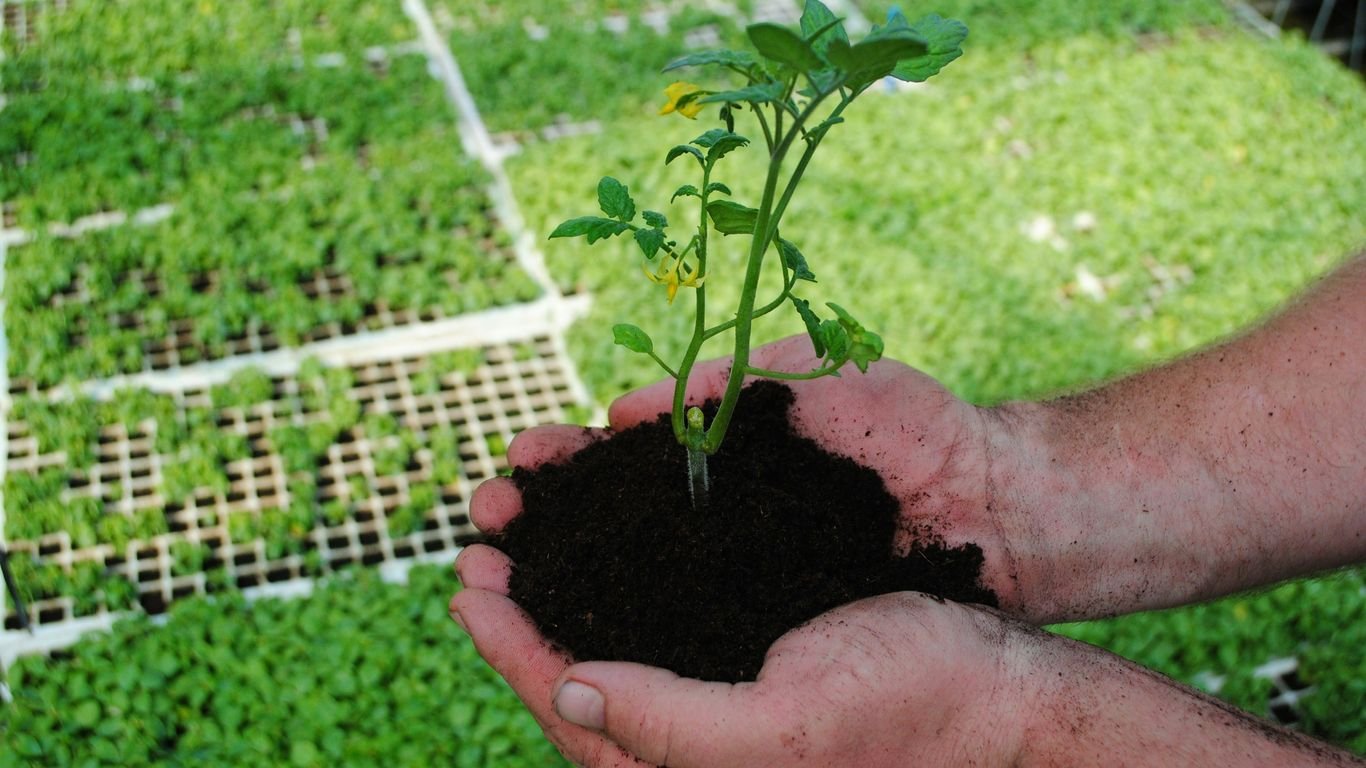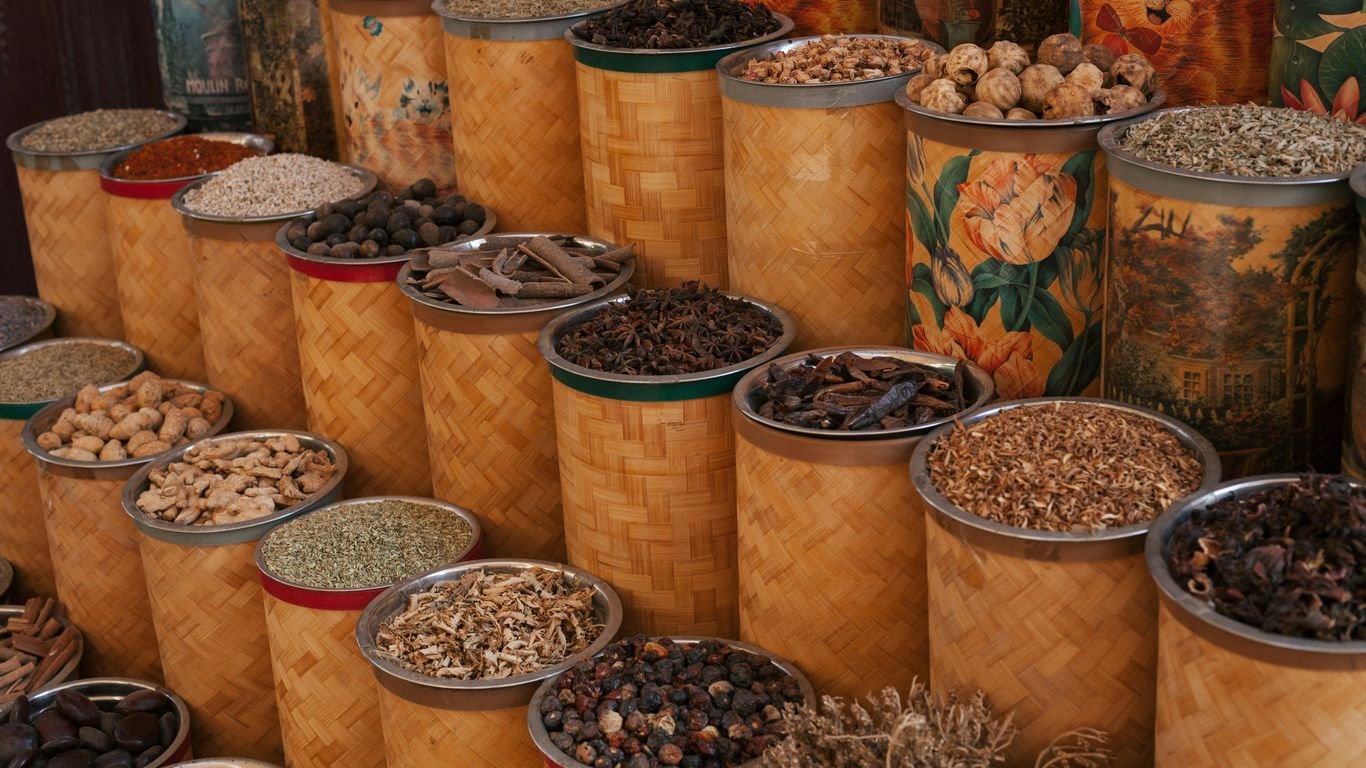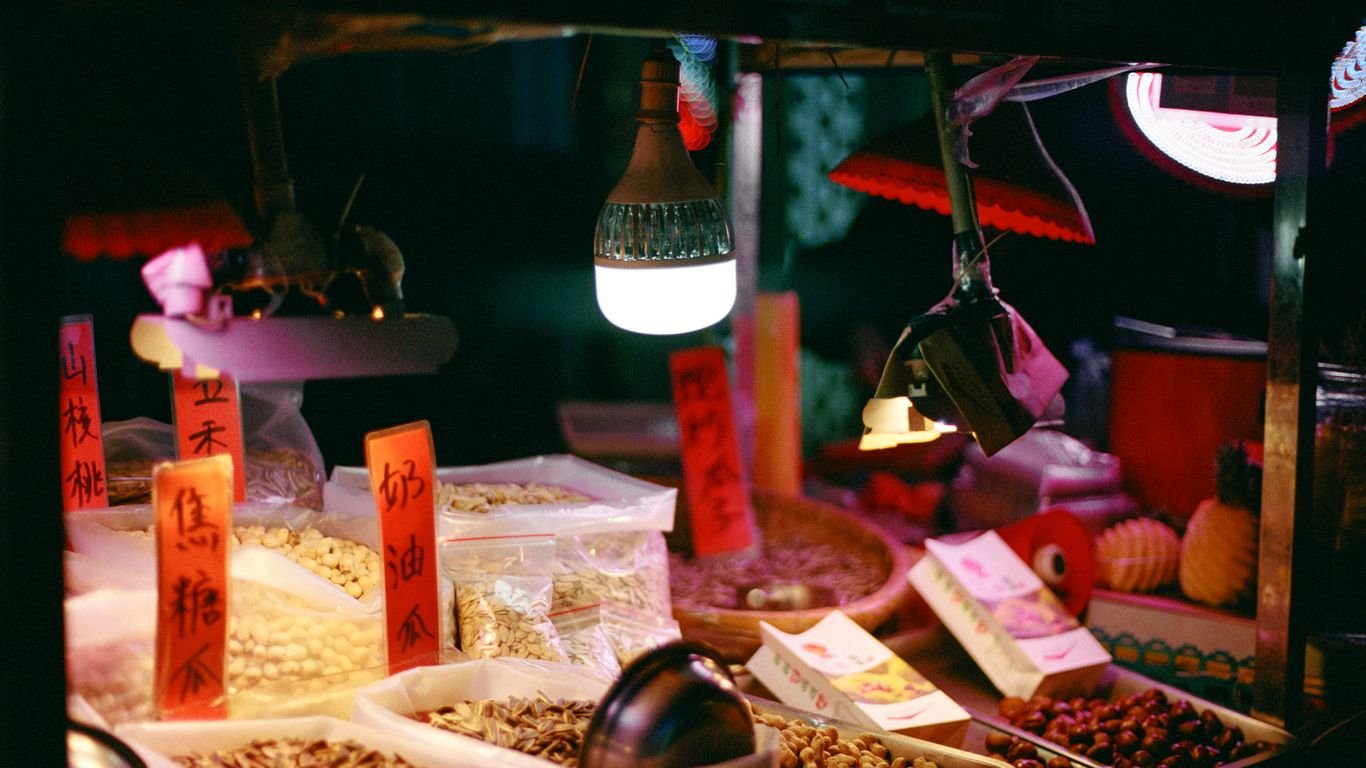Foraging in Texas: Edible Plants, Nuts, and Wild Herbs to Harvest

We’re excited to explore the world of foraging in Texas! It’s a fantastic way to connect with nature, find delicious wild foods, and learn more about our local environment. From tasty greens and herbs to hearty nuts and roots, there’s a surprising amount of edible bounty waiting to be discovered right here in our state. We’ll guide you through the basics, from identifying plants safely to harvesting responsibly, so you can enjoy the rewards of foraging Texas.
Key Takeaways
- Always be 100% sure of a plant’s identification before consuming it; toxic look-alikes exist.
- Start with easy-to-identify “gateway greens” like chickweed, dandelion, and wood sorrel.
- Nuts like pecans and black walnuts offer a storable source of protein and fats.
- Roots and tubers can be calorie-rich, but require careful identification to avoid poisonous varieties.
- Harvest responsibly by taking only what you need and leaving enough for wildlife and plant populations to thrive.
Getting Started With Foraging Texas
Embarking on a foraging adventure in Texas can be incredibly rewarding, connecting us with the land and its bounty in a way that grocery stores just can’t match. Before we dive into the delicious details of what to find, let’s cover some important groundwork to make sure our foraging trips are safe, legal, and enjoyable for everyone.
The Importance Of Positive Identification
This is, without a doubt, the most critical step. You absolutely must be 100% certain of a plant’s identity before even thinking about putting it in your mouth. Texas has a wide variety of plants, and while many are edible, some have toxic look-alikes that can cause serious harm. Think of it like learning a new language; at first, it’s a bit daunting, but with practice and good resources, you’ll start recognizing patterns and become more confident. We recommend starting with plants that have very few, if any, dangerous look-alikes in our region. This initial focus builds confidence without unnecessary risk.
Starting With "Gateway Greens"
To ease into foraging, we suggest beginning with what some call "gateway greens." These are plants that are generally abundant, easy to identify, and have minimal risk of being mistaken for something harmful. They’re a fantastic way to get your feet wet and build your identification skills.
Here are a few excellent starting points:
- Chickweed: Known for its mild, tender leaves, it’s a gentle introduction to wild edibles.
- Dandelion: Don’t let its common weed status fool you! Dandelions offer a pleasant, slightly bitter flavor that’s great in salads or cooked dishes.
- Wood Sorrel: This little plant packs a zesty, lemony punch that’s surprisingly delightful and often a hit with kids.
Understanding Local Regulations
Before you head out with your basket, it’s super important to know the rules. Foraging on public lands, like state parks or national forests, often comes with restrictions. Some places might prohibit any kind of plant removal, while others may have specific guidelines about what you can and cannot take, and how much.
It’s always best to check with the specific land management agency before you harvest. Foraging on private property is also a no-go without the owner’s explicit permission. Building good relationships with landowners can open up fantastic foraging opportunities, and it’s a great way to become a connected part of your community.
Always remember that responsible foraging means taking only what you need, leaving plenty for wildlife, and ensuring that the plant populations can thrive for future harvests. This mindful approach is key to sustainable foraging.
Edible Greens And Herbs To Discover
When we first started foraging, we were drawn to the easy-to-spot greens. They’re often the first signs of life after a long winter, and their fresh flavors can really liven up our meals. It’s amazing how many common plants we used to overlook are actually edible and quite tasty.
Chickweed’s Mild Appeal
Chickweed is one of those plants that seems to pop up everywhere, especially in cooler, moist spots. It has a very mild, almost cucumber-like flavor that makes it a great starter green. We like to toss it into salads raw, or we’ll lightly sauté it. It’s a fantastic way to add a bit of fresh green to your plate without any strong flavors to contend with.
Dandelion’s Delightful Bitterness
Dandelions are probably the most recognizable wild green out there. While many people see them as a nuisance weed, we see them as a culinary treasure. The leaves are best when young and tender, offering a pleasant bitterness that can cut through richer dishes. Older leaves can be a bit too tough and bitter for our taste, so we usually harvest them in spring or fall. We often add them to our salads, but they’re also great cooked down like spinach.
Wood Sorrel’s Zesty Zing
Wood sorrel is a small, clover-like plant with heart-shaped leaves. What we love about wood sorrel is its bright, lemony flavor. It’s got a real zing to it that’s super refreshing. We use it sparingly, usually as a garnish or mixed into salads for an unexpected burst of tartness. Just be mindful, as it contains oxalic acid, so it’s best enjoyed in moderation, especially if you’re sensitive.
Here’s a quick look at how we use these greens:
- Chickweed: Raw in salads, lightly sautéed.
- Dandelion: Young leaves in salads, cooked like spinach.
- Wood Sorrel: Garnish, mixed into salads for a tart kick.
Remember, positive identification is key. If you’re not 100% sure about a plant, it’s always best to leave it be. There are many resources available to help you learn, and taking a class can be incredibly beneficial.
Nuts: A Storable Wild Bounty
When we think about wild foods, especially for Texas, our minds often go straight to the fresh greens of spring or the juicy fruits of summer. But let’s not forget about the incredible bounty that nuts offer, particularly because they store so well. If you’re looking to extend your wild food enjoyment right through the cooler months, nuts are a fantastic way to keep that connection to nature on your plate.
The Mighty Pecan
We’re lucky here in Texas to have the pecan as a native treasure. While many of us are familiar with the pecans we buy in stores, finding them wild is a whole different kind of thrill. These trees are generous, and their nuts are packed with healthy fats and a rich flavor that’s hard to beat. Harvesting wild pecans is a rewarding experience, connecting us directly to the landscape. Look for them to start dropping in the fall. You’ll want to gather them after they’ve fallen and the outer husk has started to split or dry out. It’s a good idea to collect more than you think you’ll need, as they are a favorite of squirrels and other critters too!
Black Walnuts For Flavor
Black walnuts are another powerhouse nut found in Texas. These are a bit more work than pecans, as their outer hull is thick and can stain your hands, so wearing gloves is a must. But oh, the flavor! The rich, earthy taste of a black walnut is intense and wonderful. They’re great for baking, adding a depth of flavor to cookies, brownies, or even savory dishes. The process of getting to the nut inside involves cracking a very hard shell, so a good nutcracker or even a hammer might be necessary. Don’t be discouraged by the effort; the unique taste is well worth it.
Acorns: An Overlooked Staple
Acorns are perhaps one of the most overlooked wild nuts, yet they’ve been a vital food source for people for thousands of years. Oak trees are abundant across Texas, and their acorns are a calorie-rich food. However, acorns contain tannins, which give them a bitter taste and can cause stomach upset if eaten raw. This means they need a bit of processing before they’re ready to eat. The most common method is leaching, where you soak the ground acorns in water to wash out the tannins. It sounds like a lot of work, but once processed, acorn flour is incredibly versatile. You can use it to make breads, pancakes, or even a hearty porridge we like to call ‘oakmeal’.
Here’s a quick look at some common Texas nuts:
| Nut Type | Preparation Needed |
|---|---|
| Pecan | Remove outer husk; dry if needed. |
| Black Walnut | Remove thick, staining hull; crack hard inner shell. |
| Acorn | Leaching required to remove tannins; grind into flour. |
Remember, when foraging for nuts, it’s always best to gather from areas where you know they haven’t been sprayed with pesticides. Also, be mindful of wildlife; always leave plenty for the animals that depend on them.
Roots And Tubers: Calorie-Rich Finds
When we think about foraging, our minds often jump to juicy berries or tender greens. But if we’re looking for serious energy, we need to get our hands dirty and explore what’s hidden underground. Roots and tubers are nature’s way of storing food for the plant, and for us, they’re a fantastic source of calories and nutrients, especially when other food sources might be scarce. Think of them as the wild pantry’s staples.
Hidden Energy Underground
These starchy underground parts are where plants stash their energy reserves for the next growing season. Unlike leafy greens, which are often light and airy, roots and tubers are dense with carbohydrates. This makes them incredibly satisfying and a great way to fuel up after a long day of exploring. While many cultivated vegetables like potatoes and carrots are familiar, the wild world offers its own set of calorie-rich treasures. We’ve found that some of the most rewarding finds are often overlooked, simply because they aren’t as flashy as a ripe berry or a vibrant flower.
Identifying Edible Roots Safely
This is where we need to be extra careful. Just like with any wild food, there are plants with toxic roots that can look very similar to their edible cousins. Positive identification is absolutely non-negotiable. Never, ever eat a root or tuber unless you are 100% certain of what it is. It’s best to start with plants that have very distinctive features or are widely known to be safe, like sunchokes or cattail rhizomes. Always cross-reference with multiple reliable field guides and, if possible, learn from an experienced local forager. Remember, a little caution now can prevent a lot of trouble later. When in doubt, leave it out.
Here are a few common edible roots and tubers you might find:
- Sunchokes (Jerusalem Artichokes): These sunflower relatives produce knobby tubers that are crunchy and slightly sweet when raw, and soften to a potato-like texture when cooked. They’re prolific, so you might find large patches of them.
- Cattail Rhizomes: Found in wet areas, the young rhizomes (underground stems) of cattails are edible and can be peeled and eaten raw or cooked. They have a mild, starchy flavor. You can find more information on plants like cattail tubers in Foraging Texas.
- Wild Carrot (Queen Anne’s Lace): The root of the mature wild carrot plant is edible, but be extremely cautious as it looks very similar to highly poisonous plants like poison hemlock. Only harvest if you are absolutely certain of your identification.
The physical effort of digging for roots can sometimes feel like you’re burning more calories than you’re gathering, but the nutritional payoff and the connection to the land are well worth it. It’s a different kind of satisfaction than a quick trip to the grocery store.
When you’re out looking for these underground goodies, remember that digging can disturb the soil. Always practice responsible harvesting. Try to take only what you need and avoid damaging the parent plant or surrounding area. This ensures that these resources will be available for us and for nature for years to come.
Beyond The Basics: Expanding Your Harvest
Once we’ve gotten comfortable with the common greens and nuts, it’s natural to want to explore more. Texas offers a surprising variety of edible plants beyond the usual suspects. We can start looking at flowers and even some less common roots to add to our meals. It’s all about expanding our knowledge and our plates!
Foraging Flowers For Salads
Did you know many common flowers are not only pretty but also edible? Adding a few blossoms to your salad can make it visually stunning and add a subtle, unique flavor. Think about the bright yellow petals of dandelions (yes, more dandelions!) or the delicate purple flowers of clover. Even the common squash blossom, often found in gardens, can be stuffed and fried. Always be absolutely sure of your identification before consuming any flower. Some flowers can be toxic, so sticking to well-known edibles is key when you’re starting out. We’ve found that even common weeds like violets offer a sweet, mild taste that’s a real treat.
Here are a few flowers we often add to our salads:
- Dandelion flowers (petals only)
- Clover blossoms (red and white)
- Violets
- Nasturtiums (if growing in a garden setting)
Incorporating Wild Foods Into Meals
This is where the real fun begins – turning our foraged finds into delicious dishes. It’s not just about survival; it’s about enjoying the bounty of nature. We’ve learned that wild foods can be incredibly versatile. For instance, acorns, after proper processing to remove tannins, can be ground into a flour we call ‘oakmeal’ and used in baking. We’ve made hearty cookies and even pancakes with it. American persimmons are fantastic in baked goods, much like you’d use regular persimmons or even bananas in recipes. And don’t forget about yaupon holly leaves; they can be dried and brewed into a naturally caffeinated tea, a great alternative to coffee or store-bought tea. It’s about getting creative and seeing how these wild ingredients can complement or even replace common pantry items. We’ve found that embracing sustainable foraging practices not only benefits the environment but also leads to some of the most flavorful meals we’ve ever had.
The key is to start small and experiment. Don’t be afraid to adapt your favorite recipes to include wild ingredients. Taste is subjective, and what one person finds delicious, another might not. Keep notes on what you try, how you prepare it, and what you think of the results. This personal record will be invaluable as you grow your foraging skills and culinary repertoire.
We’ve also discovered that wild foods often have a more intense flavor than their cultivated cousins. This means you might need less of them in a dish. For example, a few wild berries can add a lot of punch to a dessert. It’s a learning process, and each foraging trip is an opportunity to discover something new to bring to our table.
Responsible Harvesting Practices
When we head out to forage, we’re not just looking for a free meal; we’re entering into a relationship with the land. This means we have to be mindful of how we take and what we leave behind. Our goal is to leave places better than we found them.
Leave Enough For Nature
It’s easy to get excited when you find a patch of delicious wild edibles, but we need to practice restraint. Think about the plants themselves – they need to reproduce. If we take every single berry, every single leaf, or every single nut, we’re not just short-changing ourselves for future harvests, but we’re also impacting the local wildlife that depends on these resources. A good rule of thumb is to take no more than a third of what you find. This ensures there’s plenty left for the plants to spread their seeds and for birds, squirrels, and other critters to get their share.
- Never harvest from protected areas: Always check local regulations. State parks, nature preserves, and even some city parks have strict rules against removing any plant material. It’s always better to ask for permission or find a spot where foraging is clearly allowed.
- Identify with certainty: Before you even think about harvesting, be 100% sure of your identification. Some edible plants have toxic look-alikes. If there’s any doubt, leave it. It’s not worth the risk.
- Consider the ecosystem: Think about the role that plant plays in its environment. Is it a food source for specific animals? Does it help prevent erosion? Your harvest should not disrupt the natural balance.
Sustainable Foraging For The Future
Foraging is a skill that connects us to the past and can help us build a more resilient future. By practicing responsible harvesting, we ensure that these wild foods will be around for generations to come. It’s about more than just filling our baskets; it’s about stewardship.
We can even help our local ecosystems by targeting invasive species that are edible. By harvesting and consuming them, we can help reduce their spread and make room for native plants to thrive. It’s a win-win situation!
Here are a few more things to keep in mind:
- Know the seasons: Each plant has a specific window when it’s ready for harvest. Trying to pick something too early or too late can mean a less flavorful or even inedible product, and it can also harm the plant’s life cycle. Pay attention to nature’s calendar.
- Harvest with clean tools: If you’re using a knife or scissors, make sure they’re clean to avoid spreading any diseases to the plants. A clean cut also helps the plant heal faster.
- Be a good neighbor: If you’re foraging on private land (with permission, of course!), be respectful of the property. Don’t trample gardens, leave gates open, or disturb the landowner’s activities. Building good relationships with landowners can open up many more foraging opportunities.
So, What’s Next?
Well, we’ve covered a lot of ground, haven’t we? From the easy-to-spot greens in your own backyard to the more involved process of preparing nuts like acorns, Texas really does offer a surprising amount of wild food. Remember, the biggest thing is to be absolutely sure about what you’re picking. If there’s even a tiny doubt, leave it be. Taking a class or going with someone experienced is a fantastic way to start, and honestly, it makes the whole thing a lot more fun. It’s not just about finding food; it’s about connecting with nature, learning about our local history, and maybe even becoming that friendly neighbor who knows where all the good wild stuff is. So, get out there, be safe, be respectful of the land, and happy foraging!
Frequently Asked Questions
How can we be sure we’re picking the right plants to eat?
We always start by learning to identify plants with 100% certainty. It’s super important to never eat anything unless we’re absolutely sure what it is. Some plants look alike, but with a little practice and guidance, we can get good at telling them apart. Think of it like learning a new language – it takes a bit of effort, but it’s fun!
What are some easy plants for beginners to start with?
For those just starting out, we recommend trying ‘gateway greens.’ These are plants that are easy to find, simple to identify, and don’t have dangerous look-alikes in our area. Good examples include chickweed, which is mild and tender, dandelions, which have a pleasant bitterness, and wood sorrel, which tastes wonderfully lemony.
Are there any rules about where we can forage?
Yes, we always need to check the local rules. Some places, like state parks, don’t allow us to pick any plants. It’s also really important to be respectful and only take what we need, leaving plenty for the animals and for the plants to grow back. This way, we can keep foraging for years to come.
Why are nuts like pecans and walnuts good to forage?
Nuts are a fantastic wild food because they store well, which is great for eating later, especially in the winter. They’re also packed with protein, which is a big plus. Pecans are Texas’s state tree, and both pecans and black walnuts offer delicious flavors and good fats and protein.
What about roots and tubers – are they safe and easy to find?
Roots and tubers can be a great source of energy and calories when we’re foraging. However, just like with leafy plants, there are some roots that look edible but are actually poisonous. So, we need to be extra careful and sure of our identification when looking for these underground treasures.
How can we use the wild foods we find in our meals?
We can get creative with our wild harvests! We can toss tender greens and edible flowers into salads, add nuts like pecans to salads or baked goods, and even use wild herbs to flavor dressings. Some wild greens can even be added to smoothies for an extra boost of nutrients.






